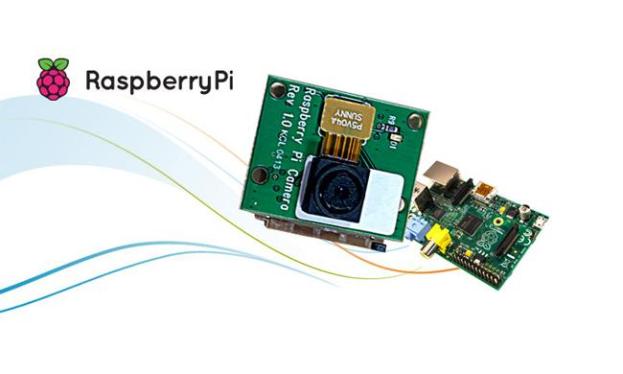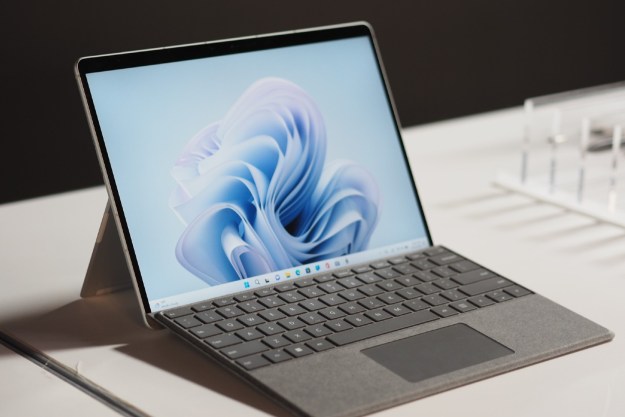
The much anticipated official camera add-on to the Raspberry Pi computer is finally here, but good luck finding one in stock.
With a 5-megapixel camera attached to your Raspberry Pi, you’ll be able to do much more than just emulate retro games or manage your bike’s headlight. Since this camera board shares a similar imaging engine as the 12-megapixel Nokia N8 smartphone, it actually acts as a capable fixed-lens camera that can take some great photos and videos. In fact, it can capture stills at up to 2,592 x 1,944 pixel resolution, and can shoot videos in either 720p or 1080p at 30 frames per second.
At just $25, this camera board from the Raspberry Pi Foundation is about the size of an SD card and is compatible with both the $25 Model A or $35 Model B Pi.
Setting up the camera is easy. You simply have to plug the camera’s flex cable into the computer’s Camera Serial Interface port (it is between the Ethernet and HDMI ports) and grab the latest firmware update. This way, you can enable the camera in Raspbian and manage your photos via the “raspistill” app. (Check out the detailed instructions from the Raspberry Pi Foundation.)
Although this affordable camera board just went on sale today, some retailers, like Indiana-based Newark element14, are already out of stock, and Texas-based Think Allied will only accept new orders when it has inventory on hand (it doesn’t have any stock available as of this writing). If you are based outside North America, you can try your luck with RS or Farnell, which is limiting one camera per customer for now.
[Image via Newark element14]


